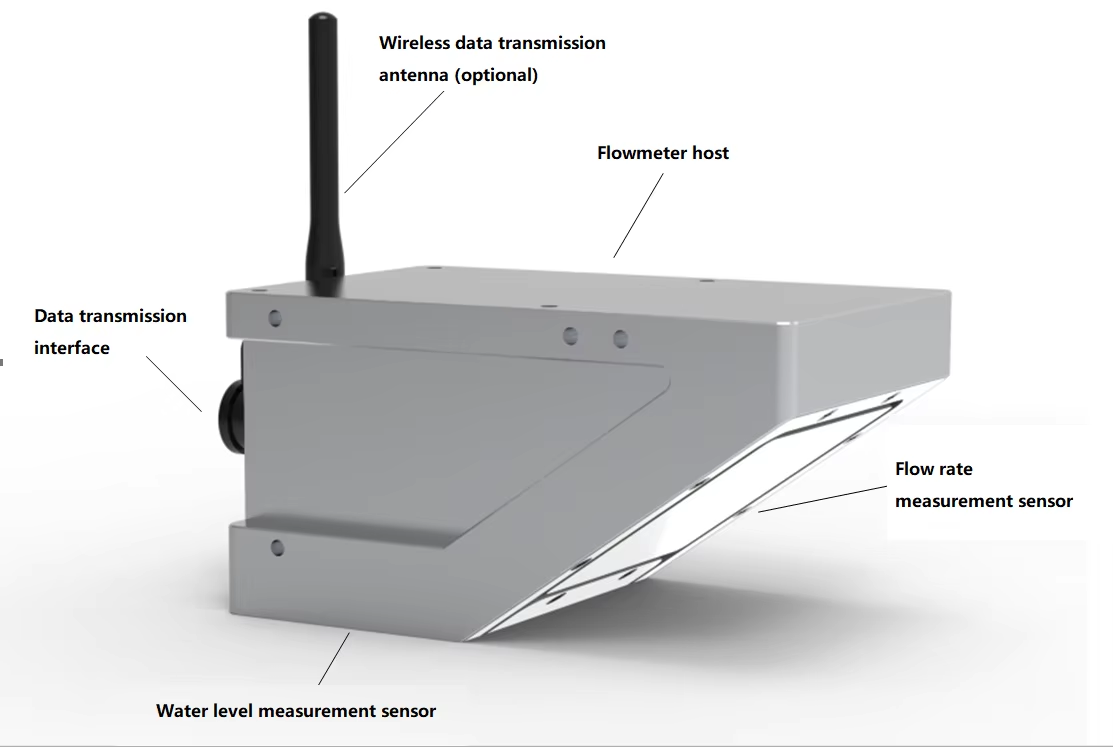Tanggal: 20 Januari 2025
Jakarta, Indonesia— Dalam sebuah kemajuan signifikan bagi sektor pertanian Indonesia, sensor radar hidrografi sedang diadopsi untuk mengoptimalkan pengelolaan tanaman dan alokasi sumber daya air di seluruh nusantara. Teknologi inovatif ini akan mentransformasi praktik pertanian tradisional dengan menyediakan data dan wawasan real-time, membantu petani membuat keputusan yang tepat guna meningkatkan hasil panen, menghemat air, dan mengurangi dampak lingkungan.
Memahami Sensor Radar Hidrografi
Sensor radar hidrografi memanfaatkan gelombang frekuensi tinggi untuk mengukur ketinggian air, kelembapan tanah, dan kondisi lingkungan. Dengan memancarkan sinyal radar yang memantul dari permukaan air atau tanah, sensor ini dapat menilai data penting, termasuk pola curah hujan, kebutuhan irigasi, dan potensi risiko banjir. Teknologi ini sangat penting di Indonesia, rumah bagi beragam ekosistem dan beragam kondisi iklim yang menantang para petani di ribuan pulaunya.
Solusi untuk Pertanian Berkelanjutan
Pemerintah Indonesia telah lama menyadari kebutuhan mendesak untuk meningkatkan produktivitas dan keberlanjutan pertanian, terutama karena negara ini sedang bergulat dengan isu-isu seperti perubahan iklim dan ketahanan pangan. Penerapan sensor radar hidrografi merupakan langkah substansial untuk mencapai tujuan-tujuan ini.
“Sensor ini menyediakan data penting yang membantu petani mengelola sumber daya mereka secara lebih efektif,” kataDedi Sucipto, seorang insinyur pertanian di Kementerian Pertanian. “Dengan informasi akurat tentang tingkat kelembapan dan ketersediaan air, petani dapat mengoptimalkan irigasi, mengurangi pemborosan air, dan meningkatkan hasil panen.”
Aplikasi Dunia Nyata
Petani di wilayah seperti Jawa, Sumatra, dan Bali termasuk yang pertama merasakan manfaat dari teknologi ini. Di Jawa Barat, misalnya, proyek percontohan telah menunjukkan peningkatan signifikan dalam budidaya padi. Dengan memanfaatkan data radar, petani dapat menentukan waktu optimal untuk irigasi, yang dilaporkan menghasilkan peningkatan hasil panen padi sebesar 20% dibandingkan dengan metode tradisional.
Siti Nurhaliza, seorang petani padi dari Cirebon, berbagi pengalamannya: “Sebelum menggunakan sensor radar hidrografi, kami sering mengalami gagal panen akibat kelebihan air atau kekurangan air. Sekarang, saya dapat memantau sawah saya dari ponsel pintar dan menyesuaikan irigasi. Hasilnya sungguh luar biasa.”
Manfaat di Luar Pertanian
Dampak sensor radar hidrografi melampaui pertanian perorangan. Dengan meningkatkan praktik pengelolaan air, teknologi ini berkontribusi pada upaya keberlanjutan lingkungan yang lebih luas. Irigasi yang efisien membantu melestarikan sumber daya air, sebuah pertimbangan penting di banyak wilayah di Indonesia yang semakin sering mengalami kelangkaan air.
Lebih lanjut, sensor-sensor ini dapat memberikan wawasan berharga bagi pemerintah daerah dan pembuat kebijakan untuk menginformasikan perencanaan infrastruktur, pengelolaan banjir, dan kebijakan pertanian. Dengan memetakan sumber daya air secara akurat, pemerintah dapat merancang sistem irigasi yang lebih baik dan merespons tantangan terkait iklim secara lebih efektif, sehingga memastikan ketahanan masyarakat pertanian.
Melihat ke Depan
Seiring sektor pertanian Indonesia merangkul inovasi teknologi, masa depan tampak menjanjikan. Pemerintah, bekerja sama dengan perusahaan teknologi pertanian dan lembaga penelitian, memperluas penerapan sensor radar hidrografi di lebih banyak wilayah, dengan tujuan menghubungkan petani dengan platform digital yang memfasilitasi berbagi data dan pembelajaran masyarakat.
Namun, tantangan tetap ada. Akses terhadap teknologi dan pelatihan di daerah terpencil sangat penting bagi keberhasilan implementasi sistem ini. Untuk mengatasi hal ini, koperasi pertanian lokal memainkan peran penting dalam menyediakan pelatihan dan sumber daya bagi petani, memastikan manfaat sensor radar hidrografi menjangkau mereka yang paling membutuhkan.
Kesimpulan
Integrasi sensor radar hidrografi ke dalam praktik pertanian Indonesia menandai tonggak penting dalam upaya mewujudkan pertanian berkelanjutan. Dengan kemampuan memanfaatkan data waktu nyata (real-time), petani diberdayakan untuk membuat pilihan yang lebih cerdas dan berkelanjutan yang tidak hanya meningkatkan mata pencaharian mereka tetapi juga mendukung tujuan Indonesia yang lebih luas, yaitu ketahanan pangan dan pengelolaan lingkungan. Seiring dengan terus berkembangnya teknologi ini, teknologi ini dapat menjadi kunci untuk membuka era baru ketahanan pertanian dalam menghadapi perubahan iklim dan kelangkaan sumber daya.
Untuk informasi lebih lanjut tentang sensor radar Hidrografi,
silakan hubungi Honde Technology Co., LTD.
Email: info@hondetech.com
Situs web perusahaan: www.hondetechco.com
Waktu posting: 20-Jan-2025


